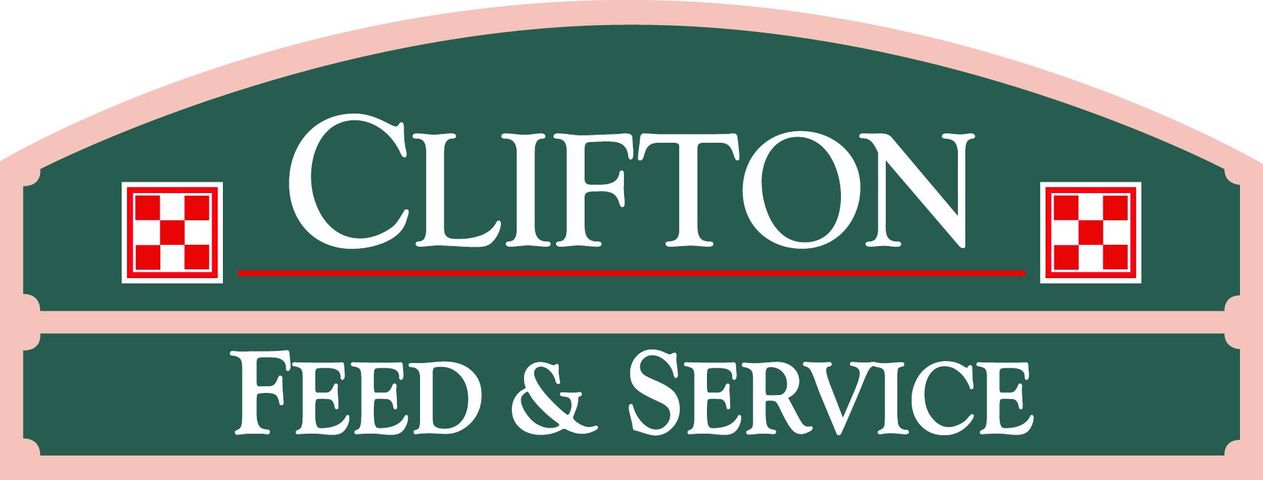External Parasites in Cattle
Horn Flies, lice and ticks are the primary external parasites that plague cattle during the spring and summer each year. Horn flies have the biggest economic impact by taking 20-30 blood meals per day on cattle and causing constant irritation that reduces grazing time.
Understanding the horn fly life cycle can aid in developing a fly control plan. It all starts as adult horn flies camp on the backs of cattle to take their blood meals. The female flies leave the animal for a few seconds to lay eggs in fresh manure less than 5 minutes old. In 1-2 days, eggs hatch into larvae. After 3-5 days, the larvae molt into pupae and then develop into adult flies. These adults live 2 to 4 weeks and the cycle begins once again.
A good fly control plan includes killing the adult flies using sprays, pour on products, vet gun balls or ear tags. The use of IGR (fly larvicide) products can really provide long-term help by breaking the fly life cycle and preventing new flies from hatching. A chemical by the name of Altosid, ingested by the cow through loose mineral or mineral tubs, will prevent pupae from molting into adult flies. This program is very effective as ranchers eliminate new flies from hatching and watching the existing adult flies die of old age.
Purina Altosid Products Available
W&R AS 7.5 ALT (weatherized sack mineral)
W&R AS tub ALT (225# mineral tub)
MLS Altosid Products Available
MLS #12 Mineral Tub ALT (200# mineral tub)
MLS #1 Cattle Tub ALT (200# protein tub)
Processing Cattle in the Spring

VetCaps Producer Program
Buy 1 box, Get 1 box FREE
Offer expires: June 30, 2018
About the Business
Have a question? Ask the experts!
Send your question


